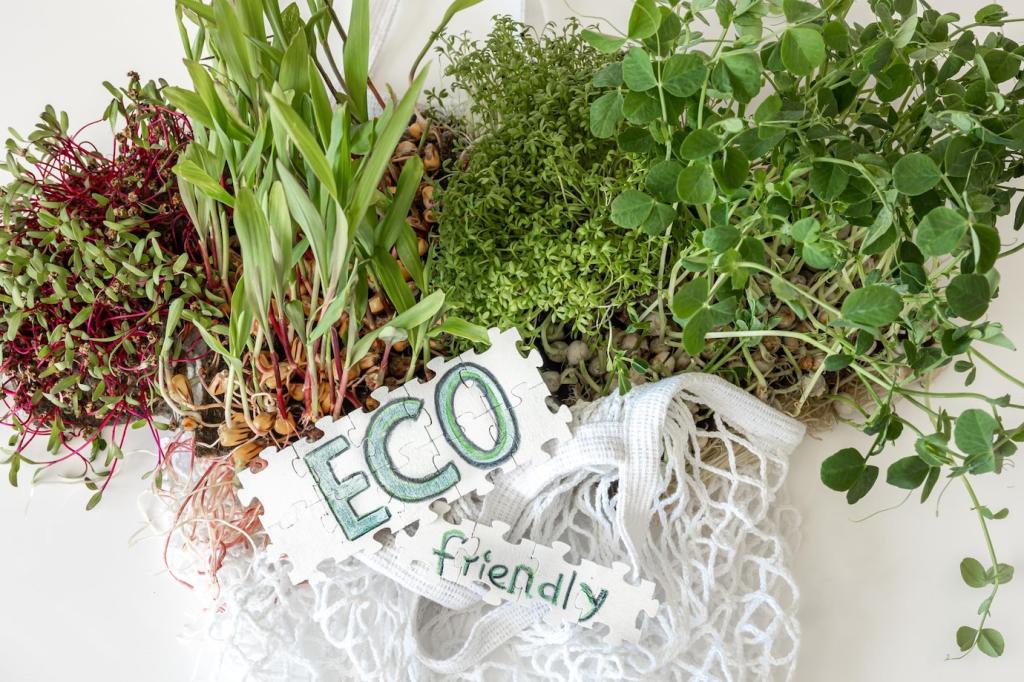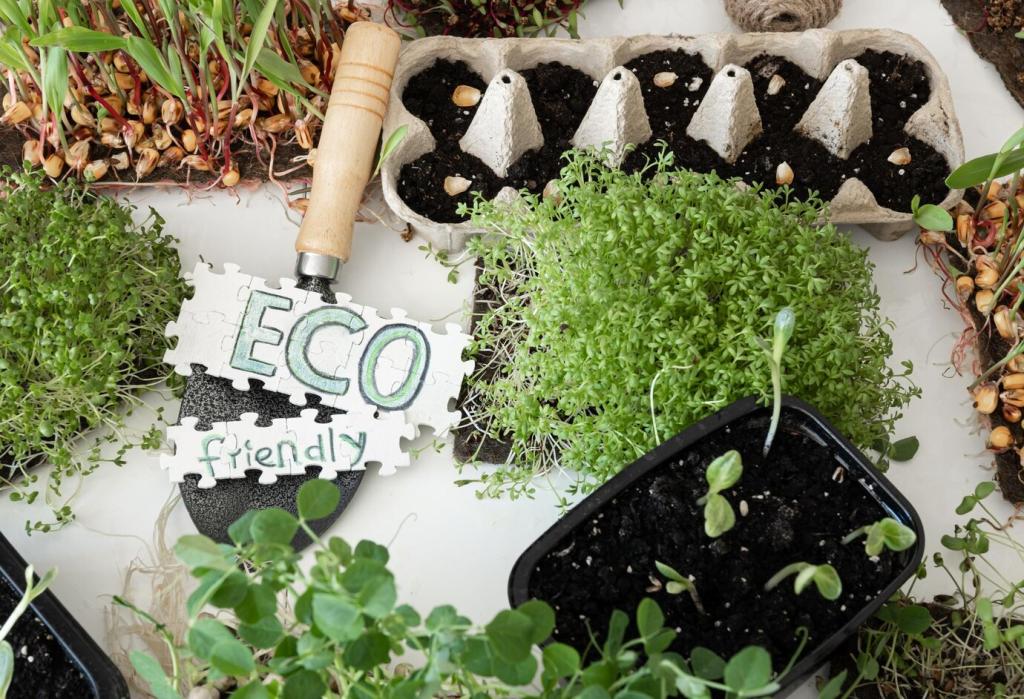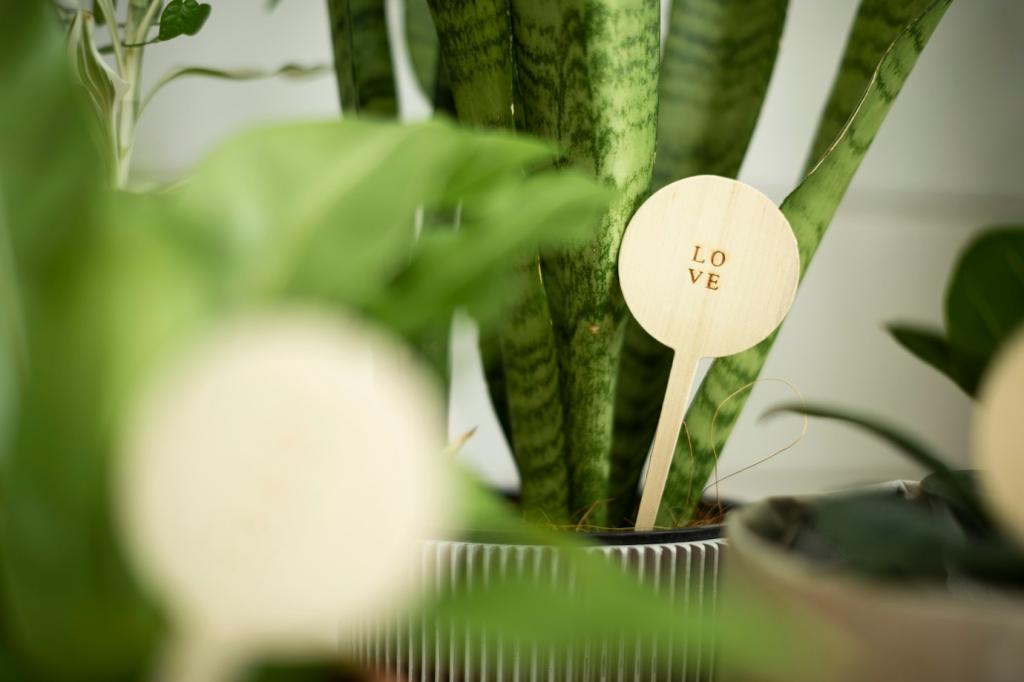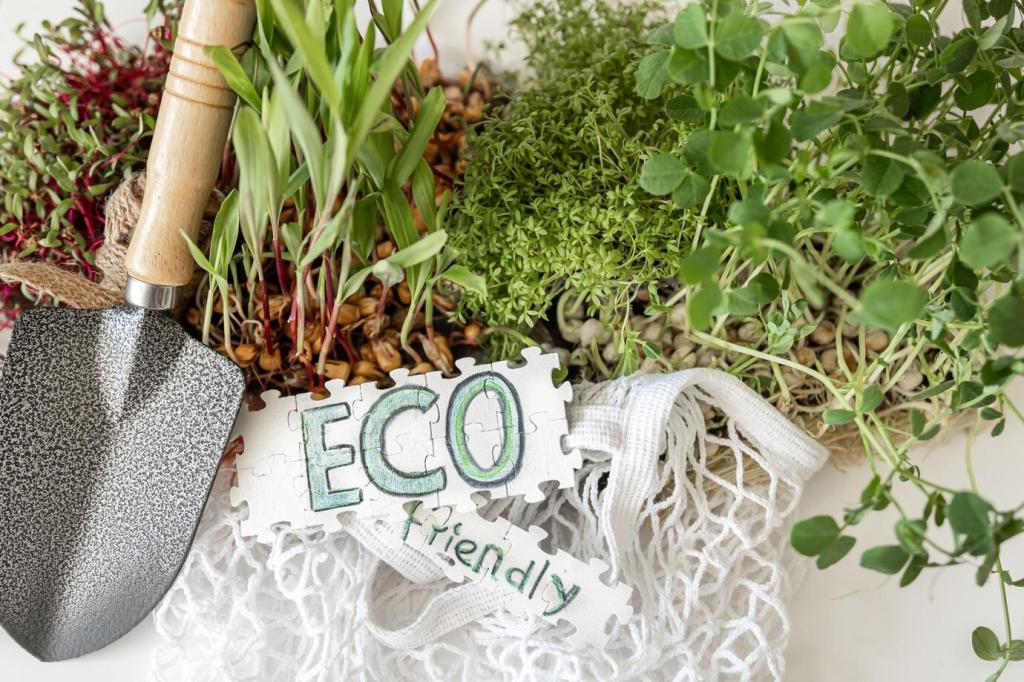Sourcing Reclaimed Timber Responsibly
Start with architectural salvage yards, deconstruction crews, farm auctions, and local makerspaces. Always ask about prior use, storage conditions, and moisture levels. A friendly chat can uncover hidden stacks and lead to ongoing, affordable supply for future eco-friendly builds.
Sourcing Reclaimed Timber Responsibly
Watch for lead paint, treated lumber with unknown chemicals, and heat-treated versus methyl bromide–fumigated pallets. Avoid MB-stamped pallets; choose HT-stamped ones instead. Bring gloves, a mask, and a magnet to check for nails before hauling reclaimed boards home.










